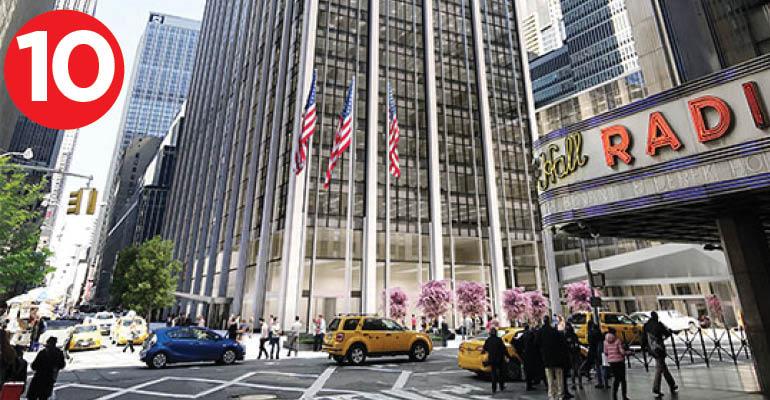- Prudential Making a Big Bet on Lower-Income Housing “A venture led by Prudential Financial is spending nearly $600 million for 4,000 housing units aimed at lower-income workers, the latest sign that investors see bigger gains in lower-rent apartments than in the upscale ones that have led the recovery. These so-called workforce housing units usually are in older buildings that cater to price-conscious renters, paying about $1,000 a month for a one-bedroom unit.” (Wall Street Journal, subscription required)
- Fewer People Shopped During the 5-Day Thanksgiving Weekend, But Holiday Sales Seen as Strong “With discounts starting early and more days to shop before Christmas this year, fewer people turned out for the five-day shopping extravaganza that runs from Thanksgiving Day to Cyber Monday, a retail industry trade group said Tuesday. But holiday shoppers still have long lists of gifts to buy and plenty of days to do it, giving the National Retail Federation confidence it will be a robust holiday season.” (CNBC)
- House Price Growth Slows to Nearly Two-Year Low as Case-Shiller Makes the Slowdown Official “The S&P/Case-Shiller 20-city index was flat on a seasonally adjusted basis in September compared to August, and was 5.1% higher compared to its level a year ago, the lowest annual increase in nearly two years. The Econoday consensus was for a 0.3% monthly increase for the 20-city index and a 5.3% yearly increase.” (MarketWatch)
- Sears Shedding More Than 500 Stores Nationwide as Part of Bankruptcy Proceedings “Sears plans to sell or auction off more than 500 of its best performing locations around the country as part of the 131-year-old retailer’s efforts to survive. In a filing today in White Plains, N.Y. bankruptcy court, Sears—which also owns Kmart—included a list of stores it hopes to auction off or sell outright to avoid liquidation.” (Commercial Observer)
- Real-Estate Tech Startup to Create Online Office Marketplace “A startup tech firm with backing from Blackstone Group LP is preparing to launch early next year a business that would enable landlords and tenants to negotiate commercial real-estate leases online without a traditional broker.” (Wall Street Journal, subscription required)
- Apartments Are Getting Smaller – But Renters Are Paying More “Apartments are getting smaller in much of the U.S., even as rents are rising. The average size of newly built apartments in 2018 is 941 square feet, which is 5 percent smaller than it was a decade ago.” (CNBC)
- Brooklyn Has Become a Bright Spot for City Retail “In a glass half-full kind of way, Brooklyn has become a bright spot for city retail, with average asking rents on ground-floor spaces up in seven of the 16 shopping corridors. The market has been hopping where there are more apartments, according to the Real Estate Board of New York’s summer retail report.” (New York Post)
- Treasury Yields Hold Ground as Traders Await Fed’s Powell “Treasury yields struggled for direction on Wednesday as traders awaited a speech by Federal Reserve Chairman Jerome Powell who may touch on the outlook for rate hikes in 2019.” (MarketWatch)
- Insurance Giant AIG Zeroing in on Time-Life Building Office Space “The finance and insurance giant AIG may be the next company to stake out a spot at 1271 Avenue of the Americas. The ‘it’ building undergoing a huge renovation has commitments from Major League Baseball, Mizhuho Americas, Latham & Watkins, Bessemer Trust and Blank Rome.” (New York Post)
- What Investors Should Know About Public Transportation’s Effect On Manhattan Real Estate Value “It’s no secret that the proximity or remoteness of public transportation influences the value of real estate properties. This holds true nationwide. According to a recent nationwide study, the proximity to public transportation can increase the price of a home by an average of $2,040, or 0.6%.” (Forbes)
0 comments
Hide comments

